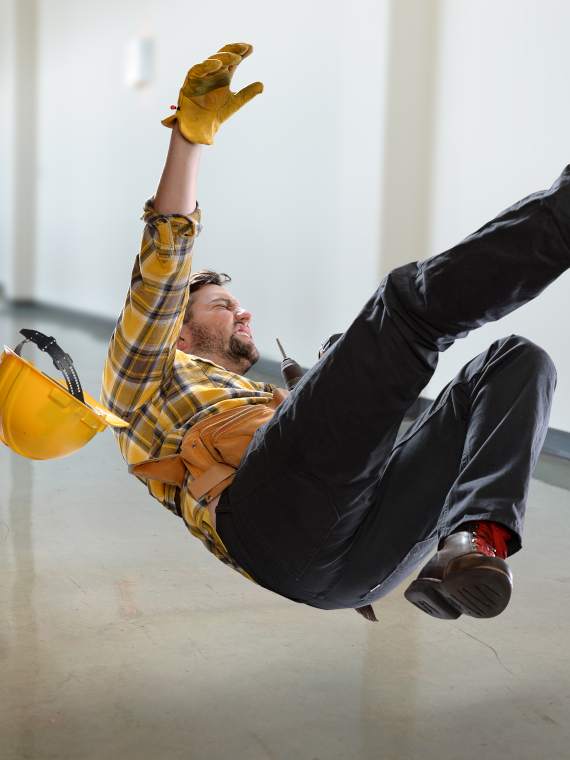Best Miami Slip And Fall Lawyer
Been injured in an slip and fall accident get the money that you merit.
FREE Consultation
With the best Slip And Fall Accident Lawyers in Florida.
What You Must Prove To Win A Slip And Fall Injury Claim

The person injured in a slip and fall accident on another's property must prove that the cause of the accident was a "dangerous condition," and that the owner or possessor of the property was aware of the condition. In order for a condition to be considered dangerous, it must present an unreasonable risk to the injured party on the property, and it must be one that the injured party should not have anticipated given the circumstances. Obviously, the second requirement implies that people should be aware of, and avoid, obvious dangers. To establish that the property owner knew of a dangerous condition, one must show that:
- Property owners (or their employees or agents) should have spotted and fixed the dangerous condition (i.e. a pothole or an uneven walking surface) before it became dangerous, but failed to do so. Here, the critical issue is whether a reasonable person would have identified the situation as hazardous, and whether the defendant had ample opportunity to remedy it before the accident.
- The property owner (or their employee) was at fault: they left a hazardous obstacle on a walking path, for example, so it was reasonably foreseeable that someone would trip over it.
For a property owner or possessor to be held liable, it must have been foreseeable that his negligence would create the danger at issue.
- Have the owner of the property known about a dangerous spot that is torn, broken, or bulging? Had the area previously been wet or slippery so the owner should have seen it?
- How regularly does the owner inspect and clean or repair the property? Is this regular maintenance documented by the owner?
- Was the object you tripped over or slipped on legitimately on the floor or ground? Had it been left on the ground or ground for a legitimate reason? Would it have been feasible to remove the object or cover it in some way if there was once a good reason for it to be there but it no longer exists? Is there a better place to locate this object, or could it have been placed in a safer manner, without a significant increase in inconvenience or expense to the property owner or operator?
- To prevent people from slipping or tripping, should a warning have been given or a barrier created?
- Did broken or poor lighting contribute to the accident?
- Did you have a legitimate reason, a reason that the owner should have anticipated, for being where the dangerous area was?
- Could someone who was careful have avoided slipping by noticing the dangerous spot or walked carefully enough to not trip and fall?
- Were there any warnings that the spot might be dangerous?
- Did anything distract you from paying attention to where you were going or did you run, jump, or fool around in a way that made falling more likely?
We are connected with diligent, experienced Slip And Fall Accident Attorneys who can represent you with your claim.
If you have been injured in a slip & fall accident, contact us today for a Free consultation.
